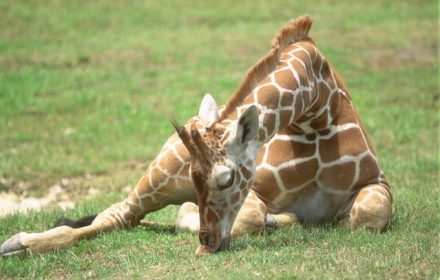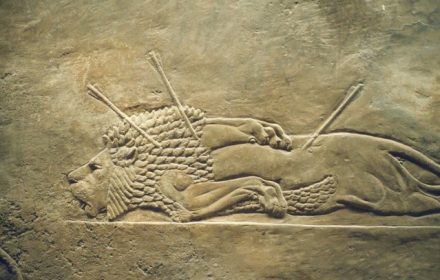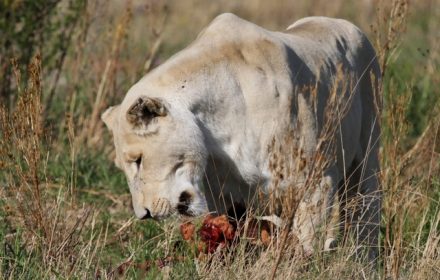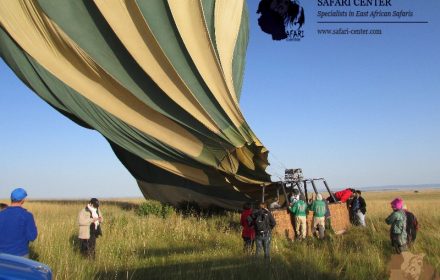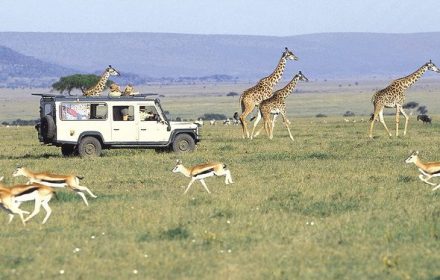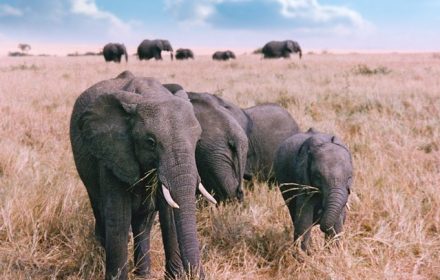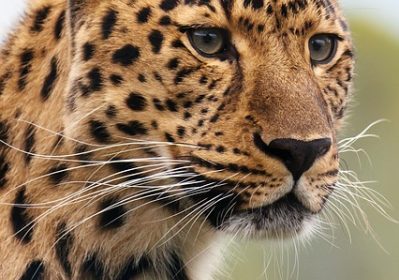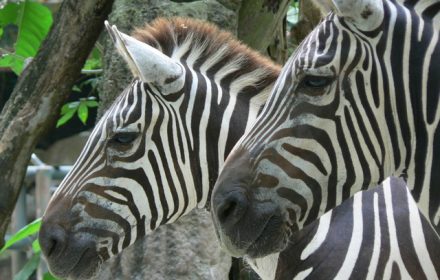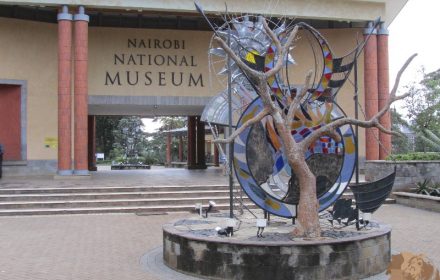It has been shown that giraffes can sleep either in a standing or recumbent posture. In the standing posture, they are motionless, and the neck is at a narrow angle. The transition from standing to recumbency is gradual and the transition to recumbent sleep from recumbent wakefulness could occur several times before paradoxical sleep could be seen. In recumbency, giraffes could be seen either sleeping or awake. The posture consists of legs folded under the neck. The neck is bent forward at an angle less vertical than when awake. And the head will be rested immobile on the rear leg.
Research
Traditionally, Maasai are pastoralists who inhabit the plains and savannahs of southern Kenya. However, in modern times, this is slowly changing due to land loss, formal education, religious conversion, and livelihood diversification. Maasai holds a special spot in people’s imagination, being intimate to wild Africa. People come to Kenya not only to enjoy safaris but also to see the Maasai. Maasai hunting and killing of lions is often considered as a symbol of tribal Africa. Yet, with the lion populations threatened, Maasai hunting is garnering outrage, shock, and misunderstanding raising concerns in conservation literature as well as in the media.
LED flashlight method is used to control nocturnal attacks of livestock by lions around Nairobi national park. In 2012, per this technique, 19 flashlights were installed on the south of Nairobi national park. When this technique became hugely successful in deterring lions, livestock owners in the neighborhood installed flashlights for their homesteads too. With 30 additional homesteads installed with flashlights, the technique became regular feature in many households in and around the park. Although similar measures have been taken previously to deter birds and carnivores, either from crops or livestock, the usage of LED flashlights is the 1st in Africa.
Adventure tourism is a fast-growing category in the holiday sector due to unforgettable memories. It supports local communities, encourages sustainable practices, and attracts high-value customers. Thus, the growth of this sector benefits destination economies, their tourism, the environment, and their people. It is alleged that ballooning is magical and once in a lifetime experience. Balloon flights grab the attention of any adventure-loving tourist. They are now available from the beach towns in Australia to the wildlife reserves in Africa. A perfectly managed and well-designed ballooning experience can lead not only to positive word of mouth but also to high satisfaction.
Wildlife had declined by about 2 thirds since the 1970s. The main causes of decline in wildlife numbers in Kenya include land pressures, population growth, sedentarization, drought, poaching, over-harvesting, habitat loss, climate change and ecosystem degradation. But the most serious is settlement and subdivision. Wildlife numbers in the country declined sharply following the subdivision of land. The migratory herds of zebra, wildebeest, eland, and other species had all vanished due to the impact of burgeoning permanent settlements as well as privatization in the open pastoral lands. Several smaller migratory species including impala, Thomson’s gazelle, oryx, and kongoni have declined too.
Africa beckons all the elephant conservation lovers to Kenya. Alleviating poverty often entails finding the right balance between preservation and use of natural resources. These entail how people use the resources to live well and build their lives in their particular territorial context. Under these conditions, conservation has been depicted as a solution for sustainable development and economic growth. In particular, conservation efforts are expected to help secure livelihoods and benefit human wellbeing, but at the same time pose no risk to the poor. Consequently, understanding local people’s aspirations have become central to the conservation interventions at the community level.
Exotic skin leathers have very good value in the market. The extraordinary properties of exotic leathers along with their unique beauty, durability, and texture continue to fascinate people. As a result of its usage and popularity, there is a need for baseline information so the players in the industry can effectively market leather products. In most African nations, the conversion of crocodile skins into leather is allowed for the production of leather products. Since the back of the skin is heavily scaled, horny, and coarse, only the skin on their bellies with patterns is used to make the leather.
A team of field researchers, biologists, and scientists conducted a study in Kenya’s Maasai Mara using GPS collar data to document interactions between male cheetahs. Among many other things, the results of these interactions were investigated to determine mortalities as well as spatial and movement behavior. Here are some interesting details and facts that emerged out of that in-depth study. However, despite the clear patterns, there are several caveats to the quantity and quality of the data set of the study. Therefore, the results are likely to be on the cautious side and future studies should use higher resolution data.
The role of zebra stripes has been an interest for 150 years. It has drawn many hypotheses. They include confusion of predators, camouflage, signalling to conspecifics and avoidance of flies. Regarding confusion of predators, these striped animals do not have the sort of pattern that aids in confusion. Regarding camouflage, zebra stripes are not easy for lions and hyenas to resolve at any great distance. Regarding social benefits, patterns of association and rates of grooming are no greater in striped mammals than in unstriped mammals. However, there is a consensus that the its role is to thwart attack from flies.
The intention of establishing the National Museum of Kenya with its 29 regional museums was to bring museums closer to people. However, unfortunately, the museum visitors in Kenya have been on the decline and have become passive consumers instead of engaging as participants. It is necessary therefore to develop advanced forms of participation in building museums in Kenya to remain relevant by making the users central. The incompatibility between current museum practices and the needs of people begs for research. Having identified this, this research was carried out to explore means by which museums in Kenya can work with stakeholders.

